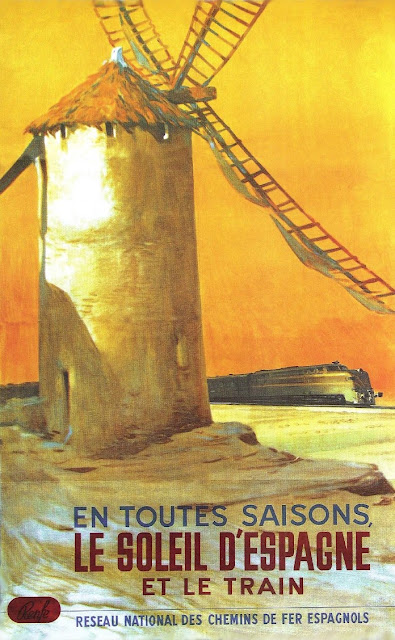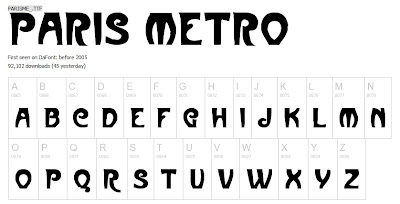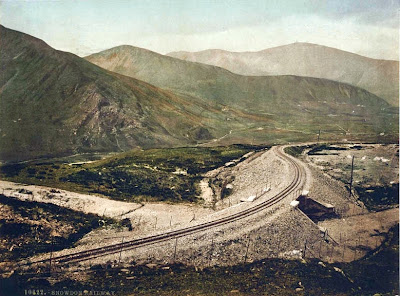King Juan Carlos of Spain was on board the train that inaugurated the country’s newest AVE high speed line (AVE is an acronym for Alta Velocidad Española) linking Madrid with the Mediterranean port city of Valencia. The service, operated by state-owned Renfe, opened to the public on 19 December.
The €3.1 billion project connects Madrid to the country’s third largest city and an AVE set can complete the 391 km trip in 95 minutes. The latest line high speed to be opened - Madrid-Cuenca-Valencia Motilla del Palancar, along with the branch Albacete Motilla del Palancar, adds 438 km to the existing AVE network (Madrid-Valencia: 391 km and Motilla-Albacete: 47 km). Spain now has a 2,230 km high speed rail network that links Madrid to seven major cities, this length is now more than in the pioneers in high speed trains, Japan and France, and is just behind China.
In May 2009 U.S. Transportation Secretary Ray LaHood visited Spain to assess its high speed rail network as a model for the United States where terrain and climate are similar.
From 19 December Renfe has operated up to 15 services a day each way between Madrid and Valencia. As well as Alvia services operated with gauge-changing Class 130 trainsets from Madrid to Castellón and Alicante, a new Toledo–Albacete service is to be introduced, reversing at Madrid Atocha.
Tracklaying on the 69 km of high speed infrastructure between La Encina and Alicante is expected to begin during the first quarter of 2011. A tracklaying base has been built on a 6 ha site at Monforte del Cid at a cost of €13.7 million, which will also handle materials for the 65 km between Monforte and Murcia.
By 2015 Spain hopes to have 5,500 km of high-speed tracks laid linking the country from northwestern La Coruna to southeastern Murcia and from Seville to northeastern Bilbao and San Sebastian. Eventually the high-speed system is expected to connect Portugal to Spain and France.

















































